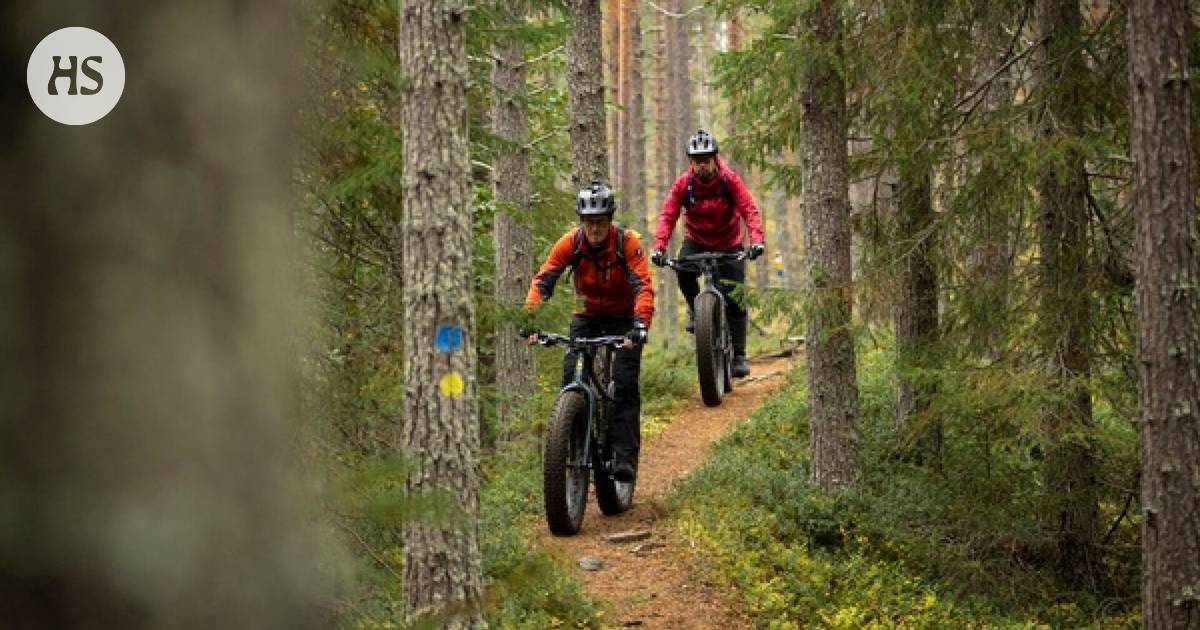Nature tourism is a popular way for Finns to refresh themselves in national parks. However, it is essential to be mindful of the impact that activities like mountain biking can have on the environment. Veikko Virkkunen, a mountain biker and route planner, offers insights into how cyclists can be more responsible in national parks.
National parks are established by law to protect specific species and habitats. Therefore, it is crucial to follow designated routes when cycling in these areas to prevent damage to vegetation and soil. Deviating from the approved paths can have long-lasting effects on the natural landscape, such as erosion and disruption to wildlife habitats.
There are restrictions on cycling in national parks, primarily to protect endangered species and maintain visitor safety. By following these rules, cyclists can enjoy the beauty of nature without harming it. Different parks have varying regulations, so it is essential to research and understand the guidelines before embarking on a cycling adventure.
While all recreational activities have an impact on wildlife, mountain biking, in particular, can disturb animals due to speed and noise. Cyclists should be aware of the effects of their presence on the environment and take precautions to minimize harm. Choosing appropriate routes and respecting nature are key steps in preserving the ecological balance of national parks.
Certain types of bikes, such as fat bikes and electric mountain bikes, can have different effects on the terrain. Fat bikes distribute weight more evenly, while electric bikes can exacerbate environmental damage due to their heavier build and extended range. By choosing the right equipment and practicing responsible riding, cyclists can reduce their environmental impact.
To ensure the sustainability of nature tourism, it is crucial for cyclists to educate themselves on the regulations of national parks and respect the environment. By adhering to designated routes, minimizing soil erosion, and avoiding disturbance to wildlife, visitors can enjoy the beauty of nature without causing harm. Responsible cycling practices are essential for preserving the natural wonders of national parks for future generations.
